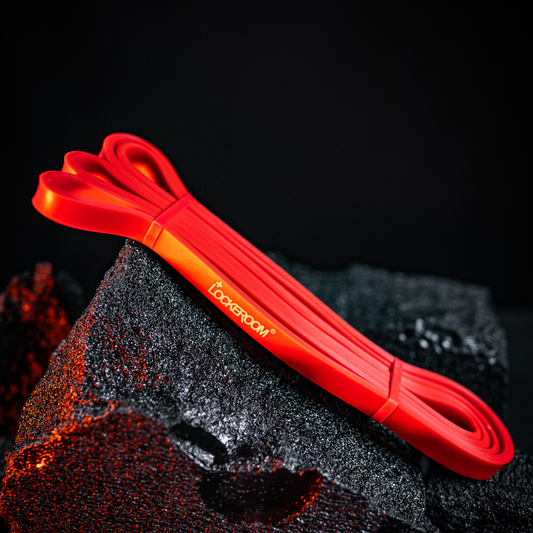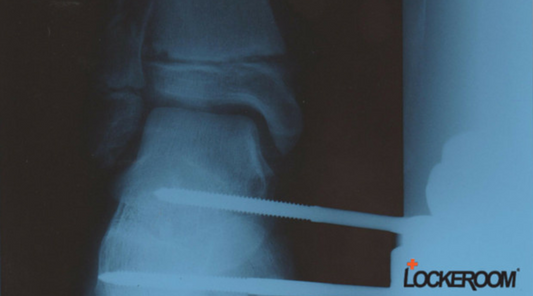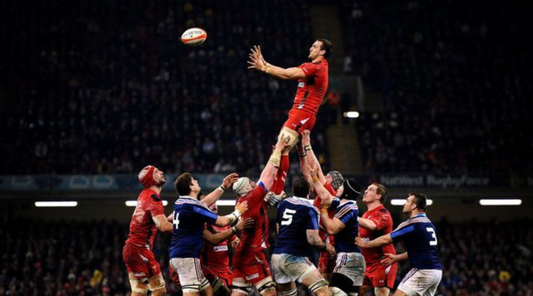
Q&A with Cam
Learn what might be behind your symptoms
My Achilles tendon started getting sore after I changed my running program. Why?
This is a common runner complaint!
Runners often say...I've got new shoes, I increased my running distance or volume or I started doing speed work and hill sprints.
What they don't say is…and when I made these changes I adjusted my prep and recovery programs at the same time.
There’s your answer!
Degeneration or overuse injuries of the Achilles tendon can include tendinitis, and tendinopathy and partial tears, each with distinct symptoms and treatment approaches.
Tendinitis: Tendinitis is an inflammatory condition where the Achilles tendon becomes inflamed due to repetitive or intense strain. It commonly affects runners, who experience pain from the repetitive motion of raising up on their toes. Treatment typically involves rest, ice, anti-inflammatory medications, and modifications to training intensity to allow the tendon to heal.
Tendinopathy: Tendinopathy refers to degenerative changes in the Achilles tendon caused by chronic overuse and excessive stress. It is common among both athletes and non-athletes.
Symptoms include pain and stiffness, particularly with increased activity, but it often develops without preceding trauma.
Treatment focuses on managing pain, improving tendon flexibility, and gradually increasing load to allow the tendon to adapt. This may include eccentric strengthening exercises and modifications to activity levels to prevent further degeneration.
Partial Tear: This injury involves a partial rupture of the Achilles tendon, not a complete tear.
Symptoms are similar to a full rupture but less severe. The treatment plan is a scaled-down version of the program for complete tears, generally without surgery. Successful recovery depends on closely following the rehabilitation directives. Failure to adhere to the plan can result in increased risk of further tearing or complete rupture.
Each condition requires a tailored approach to treatment, focusing on reducing inflammation, restoring function, and preventing recurrence through appropriate rehabilitation and Pre- activity management.
What is the best course of action when you’re experiencing achilles pain?
When experiencing Achilles pain, the best course of action involves a multi-faceted approach:
Strengthening Program: Focus on a strengthening regimen, typically involving isometric exercises or bodyweight movements to build resilience in the Achilles tendon. Using a Power Band for static holds and ankle strengthening exercises can be particularly effective.
Bracing: In cases such as a partial tear, a brace may be necessary to provide additional support and immobilization.
Stretching: Improve hamstring and calf flexibility with targeted stretching using a Stretchband to enhance overall tendon and muscle length.
Pain Management: Apply ice using an Ice Mate to control pain and reduce inflammation.
Muscle Releases: Perform calf and lower leg muscle releases with a Foam roller or Footeez roller to alleviate tightness and improve blood flow.
Foot Mobilization: Use mobilization exercises with a Massage ball to loosen foot tightness and improve overall foot mechanics.
General Lower Body Management: Ensure good hip conditioning and lumbo-pelvic control with exercises focusing on the hips and core to support overall lower body function and stability.
How do I manage an Achilles Tendinopathy?
Tendinopathy refers to degenerative changes in the Achilles tendon caused by chronic overuse and excessive stress. It is common among both athletes and non-athletes. Symptoms include pain and stiffness, particularly with increased activity, but it often develops without preceding trauma.
Treatment focuses on managing pain, improving tendon flexibility, and gradually increasing load to allow the tendon to adapt. This may include eccentric strengthening exercises and modifications to activity levels to prevent further degeneration.
I was sprinting and I felt like someone had shot me in the back of the calf. What have I done?
Achilles tendon trauma, such as a rupture, often occurs during activities involving rapid acceleration or deceleration, like running.
Symptoms include a sharp pain, described as feeling like being shot, which may be unexpected for those who haven't previously experienced Achilles problems. In some cases, individuals may not realise they have ruptured the tendon and might continue walking, albeit with difficulty and pain, particularly when pushing off the ground.
Apply ice and use crutches to avoid putting weight on the injured leg. This helps control pain and reduce swelling. Promptly consult a healthcare professional for an accurate diagnosis and appropriate treatment plan.
Depending on the severity and individual factors such as age, treatment may involve surgery or a conservative approach. Surgery may be required for some individuals, while others may be managed with a bracing protocol, which involves immobilizing the foot in plantar flexion to promote tendon healing. The decision between surgery and conservative management will consider factors like the guarantee of outcome and the potential for ongoing issues.
How long until I can play sport again after a tendon rupture?
Returning to play after an Achilles tendon rupture generally requires at least 6 months.
The recovery process involves a progressive rehabilitation program that aligns with the healing stages. This program typically includes gradual improvements in range of motion (ROM), strengthening exercises, and functional training such as jumping and agility drills.
Adhering to this structured rehab plan helps ensure a safe and effective return to activity while minimizing the risk of re-injury.















